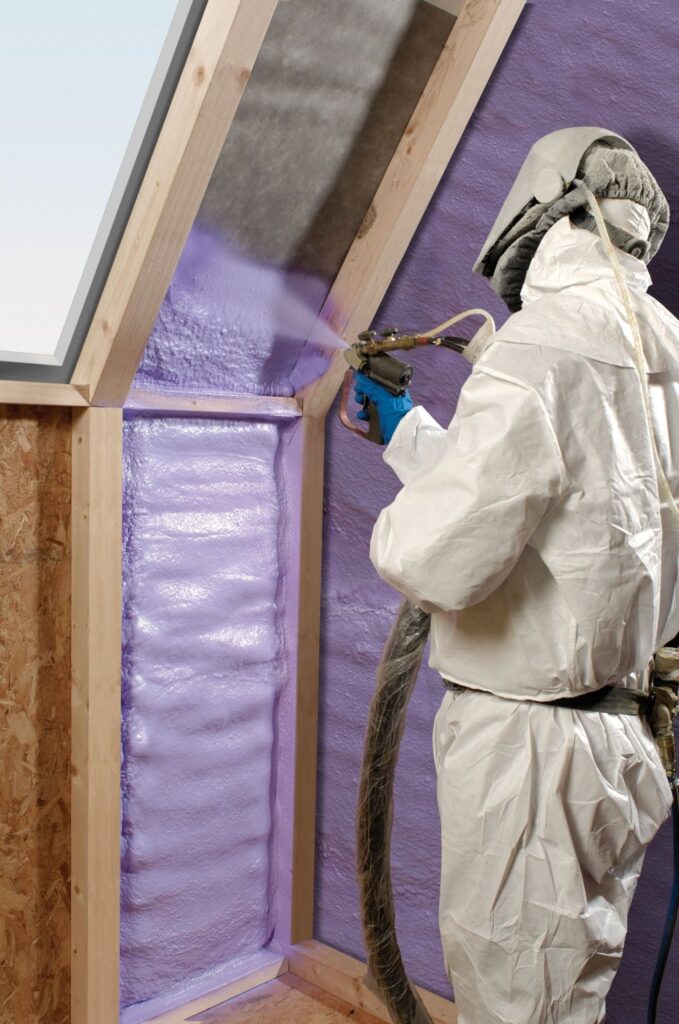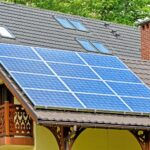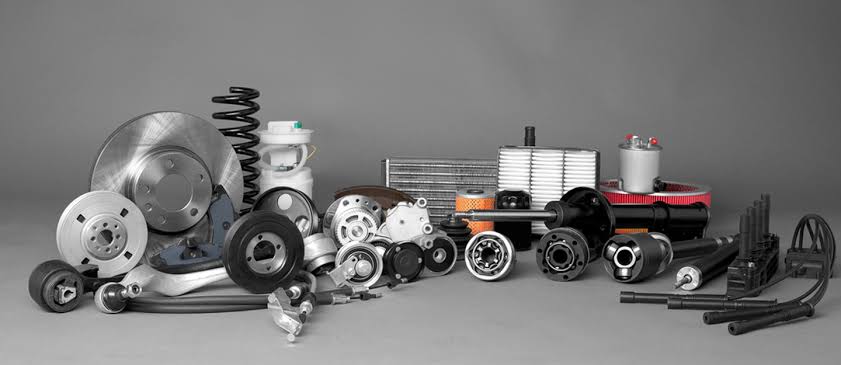Proper insulation maintains the efficiency, durability, and effectiveness of commercial roofs. Sadly, many individuals and businesses overlook certain aspects during the insulation process. Understanding these common pitfalls will ensure that a roof insulation project is successful.
Adjust practices based on awareness to improve the performance and lifespan of insulated roofs. This guide will explore typical errors made during commercial roof insulation projects to help you avoid falling into the same traps.
Choosing the Wrong Insulation Material
The effectiveness of roof insulation heavily depends on the choice of materials used. Different roofing systems call for specific insulation needs influenced by climate, design, and building purpose. The wrong insulation can result in inadequate thermal performance and moisture issues.
Customers lean towards cost-effective options, which, while appealing at first, can result in higher expenses down the line due to replacement and repair costs. Conduct thorough research on available materials to find the best match for your specific conditions. Reading online resources or consulting with trusted roofing professionals will reveal better roof insulation methods suited for your building’s requirements, rather than just focusing on upfront costs. A proper material selection combats heat loss and actively prevents condensation problems so that your roof remains intact for years.
Ignoring Local Building Codes and Regulations
Local building codes and regulations are put in place for safety, energy efficiency, and general compliance with regional climate conditions. Each location will have specific requirements governing insulation thickness, materials, and installation methods. Failure to comply can result in fines and mandatory alterations, not to mention the risk of future damage or health concerns associated with non-compliant materials. Neglecting this aspect may also lead to extended project durations and increased costs when corrections are necessary.
Adherence to local codes should be a priority established at the start of any commercial insulation project. Consulting with local authorities can provide clarity on regulations while protecting investments made in roofing infrastructure.
Underestimating the Importance of Proper Installation
Many individuals underestimate the importance of proper installation, thinking that insulation simply needs to be placed in between roof sections. Actual installation practice requires skill and knowledge — the materials should provide the intended thermal resistance. Improper installation can create gaps and thermal bridging, both of which severely diminish the performance of the insulation.
Excessive compression of flexible insulation can cause reduced effectiveness and higher energy bills. Engaging experienced installers who understand the nuances of installation methods will maintain the functional integrity of the roof. In this scenario, experts can identify and resolve potential issues before they affect performance.
Neglecting Roof Ventilation
Roof ventilation is what improves the performance of a commercial roof system. People may forget that proper ventilation must be part of the system. Insufficient ventilation can trap heat and moisture, resulting in condensation that can damage insulation and roofing materials.
Moisture retention can cause mold and mildew growth, posing health risks and further structural damage. Adequate air circulation helps to balance the temperature difference between inside and outside, maintaining optimal efficiency. Ridge vents, soffit vents, and exhaust fans are all smart ways to improve ventilation in a commercial building and extend its lifespan.
Overlooking Maintenance and Inspection Needs
Routine maintenance and inspection regimes are sidelined after completing insulation projects. Completed insulation does not signify the end of responsibility: regular checks are necessary to preserve the effectiveness of the material. Changes in the environment, weather events, or structural movement can affect even the best-insulated roofs. Without a proper maintenance plan, small issues can develop into major problems over time, which translates into higher repair costs.
Scheduling inspections at least once or twice a year can identify potential concerns before they escalate. Some think that only roof replacement needs attention, when in fact, consistent attention to insulation quality is a must. The insulation will function as needed and provide long-term protection for your commercial property.
Disregarding Energy Efficiency and Payback Periods
The initial investment might seem high, but efficient insulation can result in savings in energy costs that accumulate rapidly over time. Accurate evaluations should be conducted to assess the return on investment through energy bills before making decisions.
Most of the time, clients are unaware that the best insulation can reduce heating and cooling costs substantially. Such investments pay for themselves in reduced expenses and provide environmental benefits via lower energy consumption. Energy efficiency should be an integral part of the decision-making process to prove that quality insulation pays dividends soon after installation.
When you are conscious of these frequent mistakes during commercial roof insulation projects, you can safeguard your investment considerably. Varied aspects such as material selection, adherence to regulations, installation practices, ventilation, maintenance plans, and energy efficiency must be top priorities. A well-planned approach involving thorough research, professional guidance, and constant awareness will help to achieve an effective roof insulation outcome that lasts for years.





